How to win a pub debate with a motorist
Next time a driver takes you to task over your chosen pastime, here's what you tell them
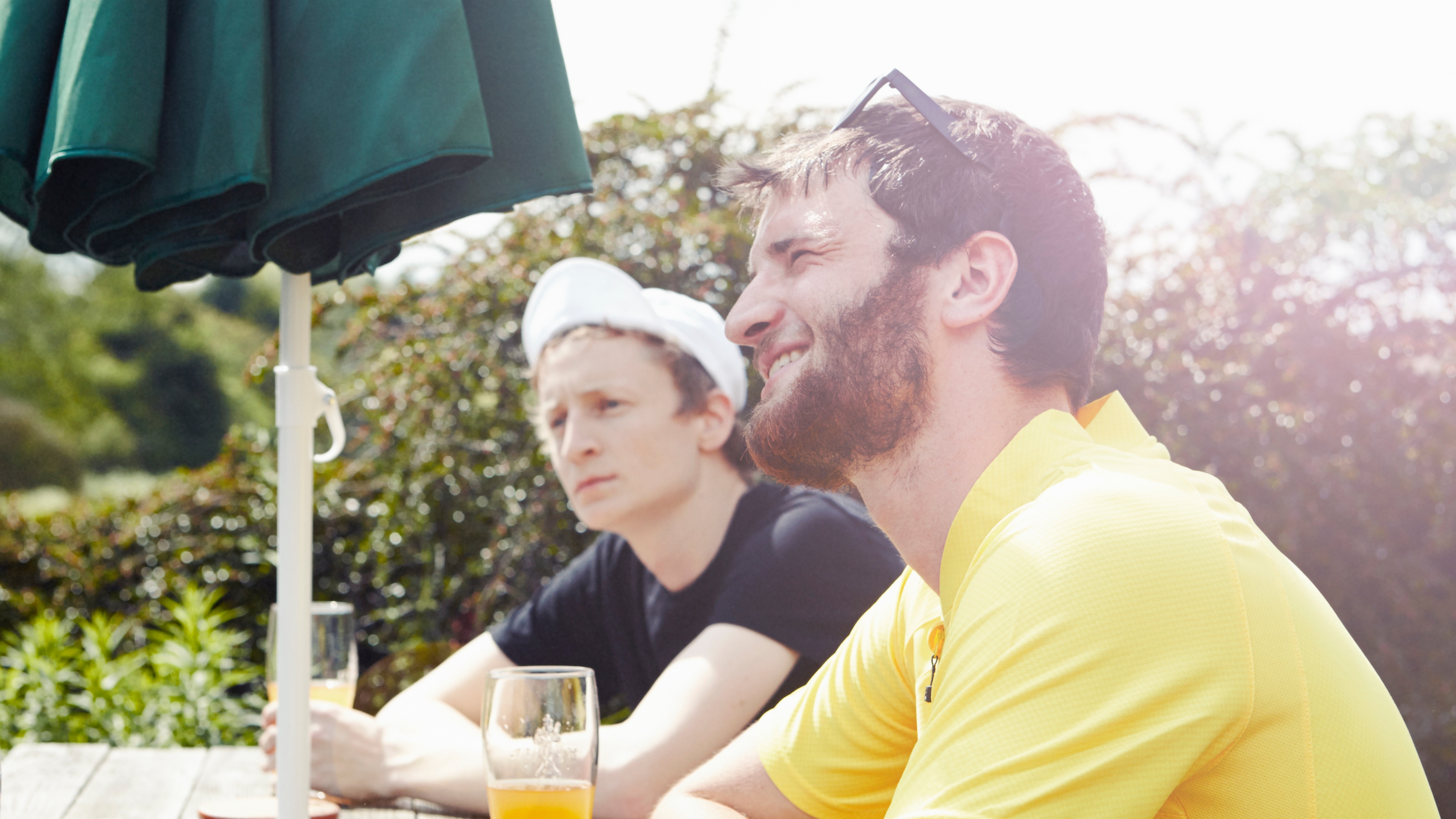

As many reading this will already be aware, there are a certain number of rites of passage that are part of being a bike rider. They come on a variety of levels, most involving a degree of physical discomfort, such as riding your first century – be it imperial or metric – or toppling over sideways in front of a pub garden full of boisterous revellers during your first week of riding clipless pedals.
Others involve more of an intellectual challenge, such as your first encounter with the pub motorist. This occasion will see a multitude of charges levelled at you, ranging from the ignorant to the nonsensical to the... well, not that unreasonable actually.
Set out in an objective, cold-light-of-day format with an impartial judge, winning the argument for cycling over motoring isn't going to be a very taxing task.
But a straight cycling-vs-motoring shootout is unlikely to be the argument you'll be required to win. It's more likely to take the form of one of many threads, from genuine complaints to pure anti-cycling hyperbole. Luckily, most of them are well-worn tropes, enabling you to go in well-prepared. Here's your crib sheet.
We have focused on UK legislation and statistics, here, however, the arguments are universal.
1. Cyclists should be registered and pay insurance
We may all be cyclists here, but most of us will be only too familiar with the numerous costs associated with owning and driving a car, of which insurance is one of the most significant. There is, of course, good reason for this. Cars, vans, lorries cause a serious amount of damage – as attested to by the £1.13 million their insurers paid out per hour in 2023 in the UK.
The figures for cycling insurers would be far lower, at least in part because bicycles, being lighter and slower moving, represent a lesser risk. Unfortunately, pedestrians and other riders can be harmed in at-fault rider accidents, and most pertinently for many drivers, they can also cause minor but expensive damage to cars and make easy getaways.
Get The Leadout Newsletter
The latest race content, interviews, features, reviews and expert buying guides, direct to your inbox!
Viewed from the perspective of a driver who's just had their door mirror forcibly removed by a 20mph warrior cycle commuter who hasn't hung around to check the damage, you can sympathise. That doesn't make compulsory cycling registration and insurance the answer though.
"The reality is that if you were to implement licences and number plates, it would be incredibly impractical, costly and it would be a bureaucratic nightmare," says Cycling UK senior policy officer Monica Scigliano.
"This did come up in government conversation a couple of years ago," she adds, "and the Department for Transport concluded that the cost and complexity of introducing new legislation and processes would far outweigh any road safety benefits from new regulation of cycles."
On top of that the other party being registered and insured is no guarantee of recompense anyway, as the many of us who have returned to a parked car to find it damaged but with no contact details left behind will attest.
2. 'Cyclists don't pay road tax'
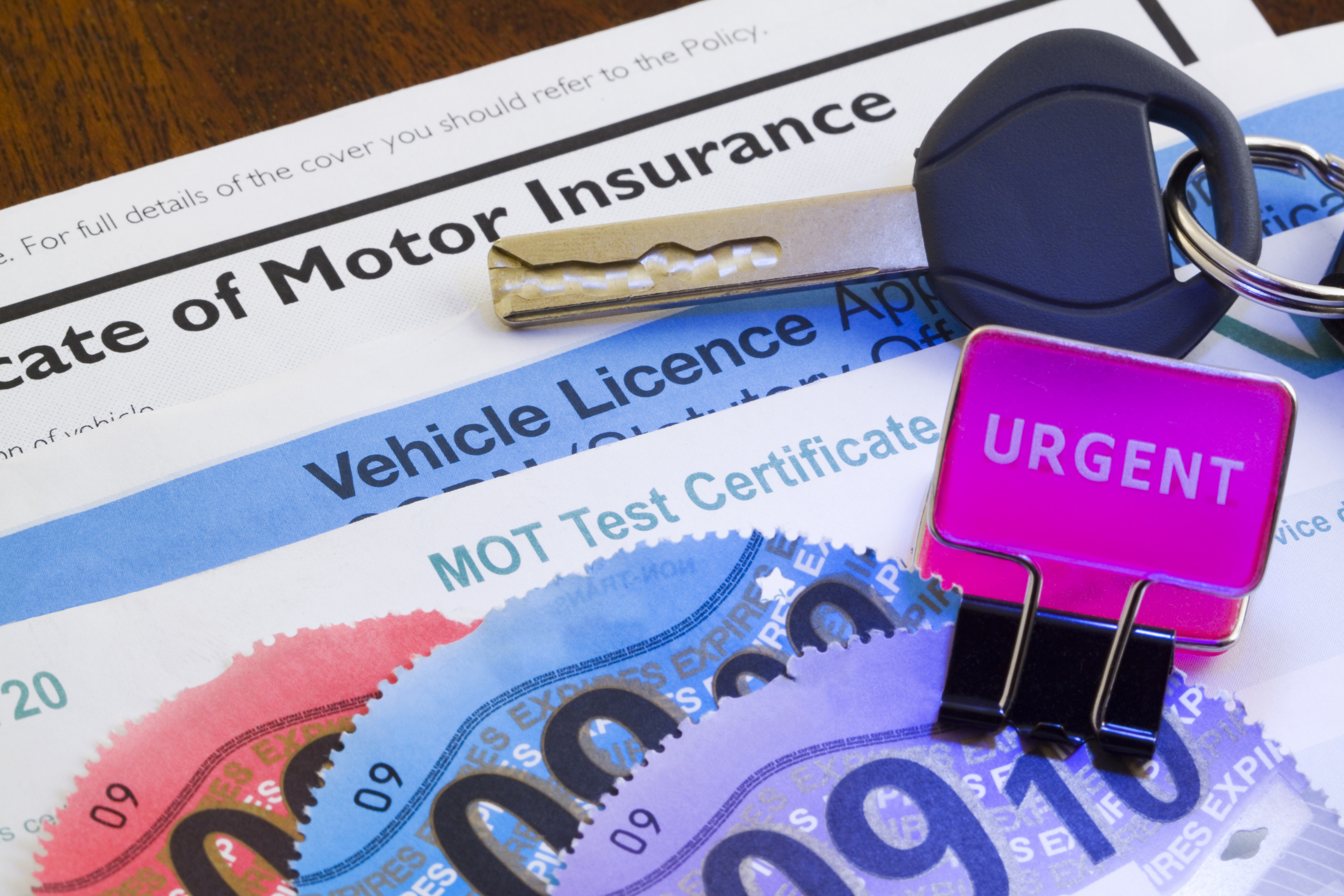
The idea that cyclists don't deserve a place on the road because they don't pay 'road tax' and therefore don't pay for their upkeep is one that persists. The standard response that 'road tax' (more accurately Vehicle Excise Duty (VED) in the UK) does not pay for upkeep of the roads and is actually a tax on a vehicle's emissions', isn't quite as accurate as it once was but this is still a very easy complaint to refute.
Part of VED in the UK does help pay for the strategic road network now, but these are motorways and trunk roads, rather than roads that cyclists would be welcome on, or even legally allowed to use.
Additionally, from next April, VED will also start to be levied on electric vehicles (EVs), partly in recognition of their considerable cost, so it's no longer so emissions-based.
As Cycling UK senior policy officer Monica Scigliano points out: "There's two things here. So one is that if cyclists aren't using the roads that this funding is going to pay for, why would cyclists pay the tax?
"It's also based on the cost of the vehicle," she adds. "So in some ways, that's a progressive wealth-based tax. EVs are quite expensive. They also might be doing more damage to the roads because they're heavier. So if you're requiring more maintenance because you drive a heavier EV SUV, then it makes sense that you should be paying more tax."
Finally, if you're an adult cyclist in the UK, it's very likely that you already own one, or even two, cars - and therefore are paying VED already.
3. 'Cyclists run red lights'
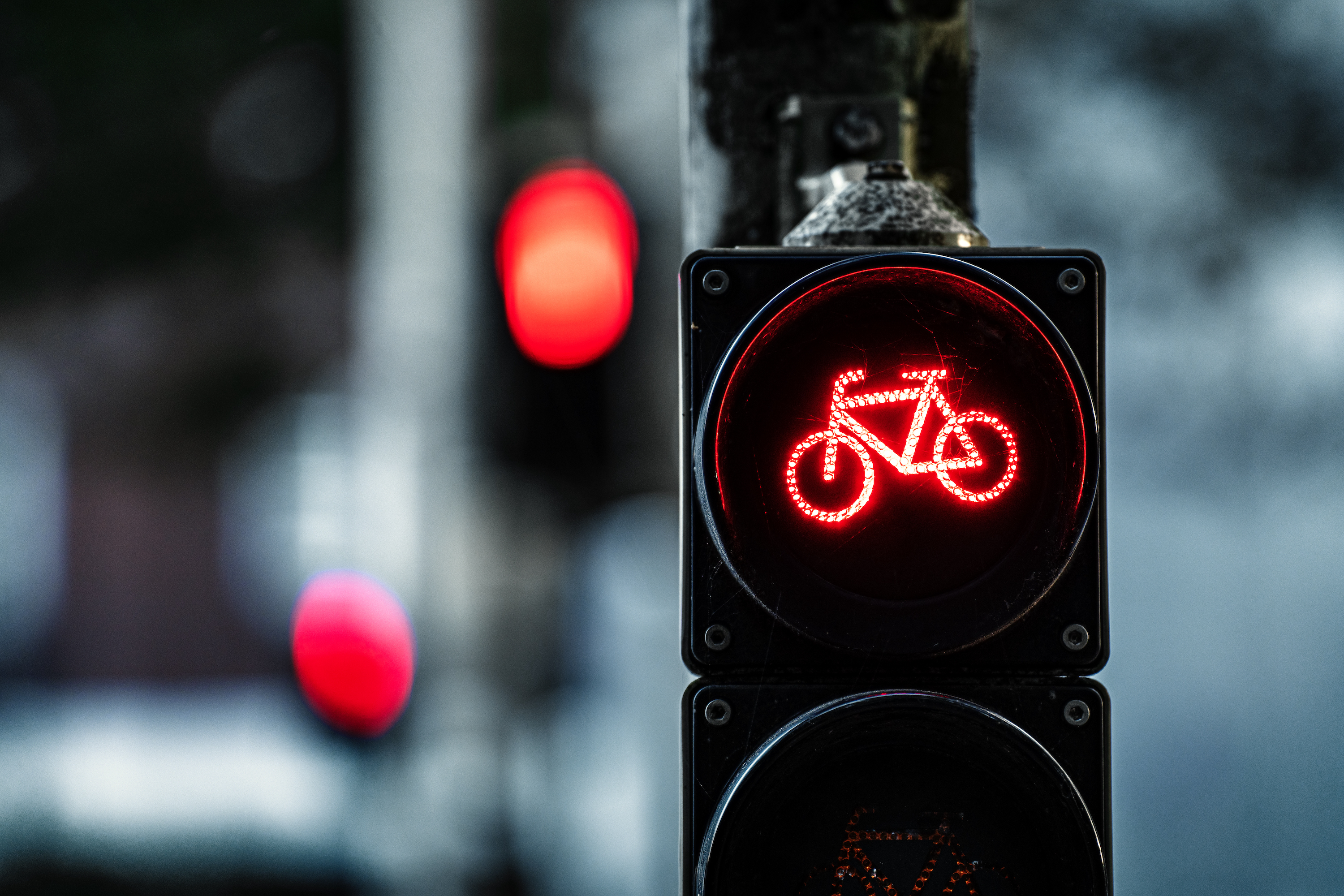
Historically, this is probably the stick most commonly used by motorists to metaphorically beat cycling with. As with many anti-cycling arguments put forward by motorists it seems, this one conveniently ignores the obvious 'pot/kettle/black' aspect, but even the most ardent cycling advocate would find it hard to deny that some cyclists do it, too.
Unfortunately, being in the midst of what often feels like a formula one starting grid when the lights go green can be deeply unnerving for even the most experienced cycle commuter, and many seek to remove themselves from the melee by treating the red light like a give way sign.
It remains illegal though, adding to many motorists' anti-cycling fervour and almost certainly resulting in some of them treating cyclists with potentially dangerous disdain when they encounter them on the roads.
As Scigliano says: "The main thing is that all road users have a responsibility to travel safely and responsibly. It may feel safer for some cyclists to get ahead of the traffic before the lights turn green, especially when the junctions are not very cycle friendly and there's no dedicated infrastructure. But that, you know, the main point is that's illegal to do in the UK."
But she points out that around the world some countries are sympathising with cyclists' plight at intersections, allowing them to head through on red – when safe.
"One thing that's interesting is that there are some cities around the world which have introduced laws that allow cycling to treat red lights as stop signs in recognition it can, in reality, be safer. So it [red-light jumping] might be impetuousness, or it might be a real concern because of a lack of safe infrastructure."
4. 'Cyclists are a danger to pedestrians'
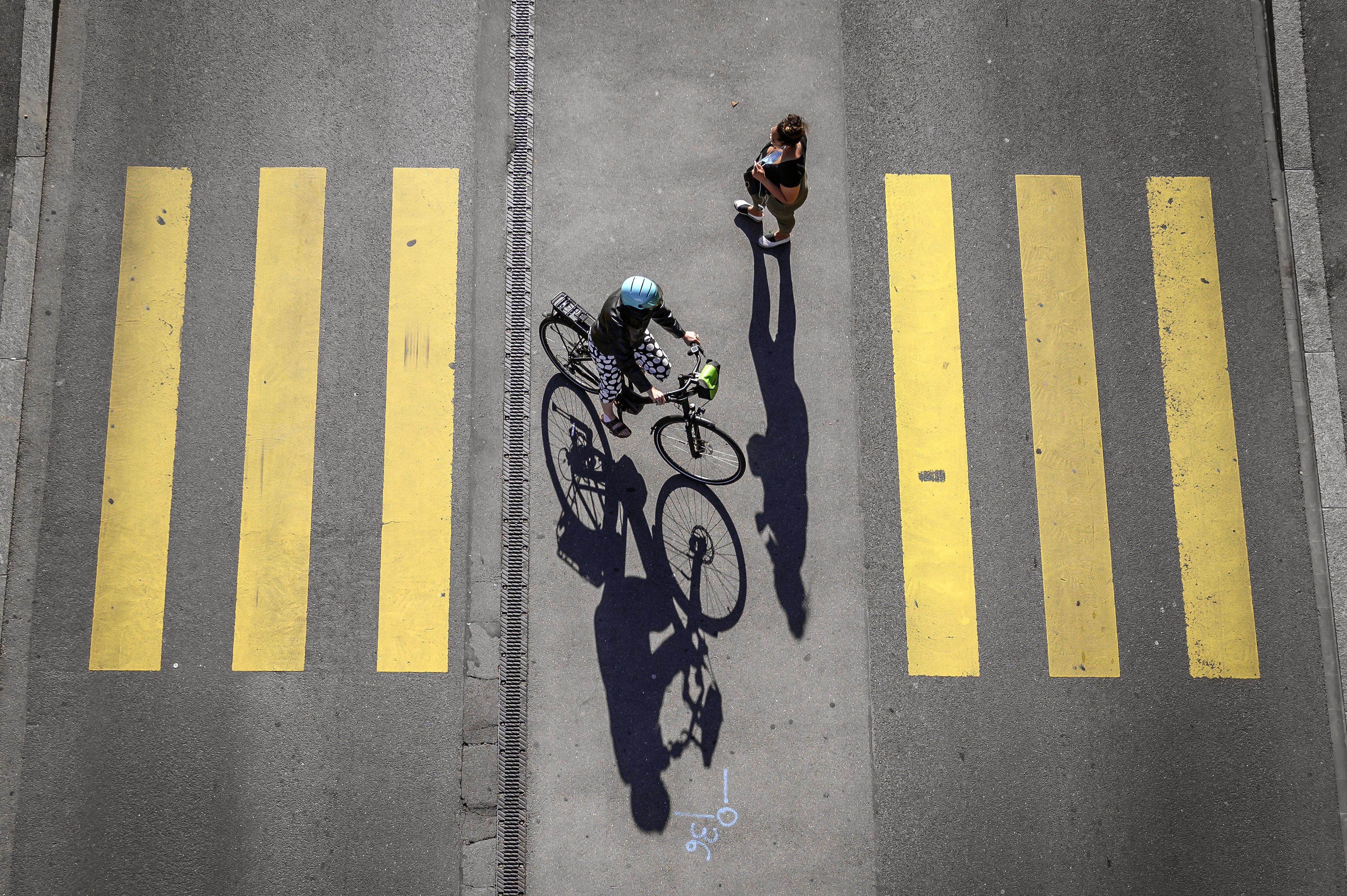
If your verbal sparring partner in this hypothetical motorist vs cyclist debate takes you to task over the danger bike riders pose to pedestrians they, like many motorists, are likely labouring under the illusion of 'motonormativity'.
Coined by Professor Ian Walker of Swansea University, he describes this as "the cultural and psychological blind-spot that makes people overlook the harms of motoring".
It is a real phenomenon thrown into startling relief in Walker's 2023 study, 'Motonormativity: How social norms hide a major public health hazard'.
After all, according to the UK Department for Transport annual averages from 2012 to 2021, cyclists were involved in 0.7% of pedestrian deaths – drivers were involved in the other 99.3%. When it came to the total number of pedestrians killed or seriously injured, cyclists were involved in 2%, drivers 98%.
None of which is to suggest that cycling should not seek to get its own house in order as far as possible when it comes to safety. But it does make it hard for any motorist to find an objectively defensible position from which to take down cyclists and cycling on safety.
"The question that I ask myself a lot is why are we so focused on the dangers of cyclists running red lights or riding on the pavement, rather than SUVs running red lights or mounting and then completely blocking pavements," Scigliano says.
"So yes, of course, cyclists need to follow the laws just like all other road users, but there's this massive disparity between the attention that cyclists get for breaking rules, and the danger that they pose to others."
5. 'Cyclists ride two-abreast, which is selfish'

There are some drivers for whom the sight of a pair of cyclists riding side-by-side ahead is a short-cut to paroxysms of rage. If you are attempting to win such a motorist over in a pub debate, you've got your work cut out. Unlikely as it may seem though, with the help of a pen and the back of a beer mat, you might be able to change their minds – or at least meet you halfway.
A pair of simple sketches of a road plus dashes for the centre line offers a great visual representation of the difference in attempting to overtake a long line of riders in single file, versus a much shorter line of the same riders, paired up and chatting away, two-abreast.
Firstly, here's what the Highway Code, revised in 2022, says on this:
"You can ride two abreast and it can be safer to do so, particularly in larger groups or when accompanying children or less experienced riders. Be aware of drivers behind you and allow them to overtake (for example, by moving into single file or stopping) when you feel it is safe to let them do so."
Secondly we do need to concede that there are times when riding two abreast is inevitably going to be seen as selfish. If the only thing preventing the driver behind from passing safely is your prolonged chat about the weather with your riding partner, for example, you're best off singling out for a few seconds and allowing them to pass.
But this is a fairly specific situation that requires the road to be in a sort of Goldilocks zone – wide enough that a car could pass safely without entering oncoming traffic if you singled out (a very wide trunk road or dual carriageway), but also not so narrow that it couldn't pass you at all (such as on a narrow lane)
Anything that doesn't match these criteria means the motorist has nothing to gain, as they would have to either wait anyway for the oncoming lane to be clear (a very common scenario meaning that in many cases they could pass you two-abreast anyway), or be unable to pass even if you singled out.
"It's perfectly legal," points out Scigliano, "and can be considerate to drivers, as well as safer for cyclists. It's safer because it can stop drivers from overtaking when there's not enough space to do so safely. It also means that when it is safe, drivers have a shorter distance to overtake."
She adds: "It can feel a lot safer for groups of vulnerable people, for example those cycling with children, as it keeps you more visible because there's a chunk of you instead of a long line."
So, who wins?
Wafting through the air, as we watch the dust settle on this motorist vs cyclist debate, is the distinct whiff of victory on two wheels. Raise your arms, stop just over the line and lift your bike aloft if you so wish, although it's more a comprehensive win on points rather than a first-round knockout. Cyclists, after all, cannot claim to be perfect even if we are comparatively blameless.
It's worth remembering, too, that the point of any debate with a driver has to be to coax them around to a greater understanding of what it is to ride on the road, rather than to simply deliver a facts-and-figures-based sucker-punch and then grind their face in it, leaving them even more anti-cyclist than before.
The closer you get to finding some sort of common ground, the closer you get to persuading them that maybe cyclists aren't such a bad bunch after all. They might even come out riding with you. Then you could really show them.

Thank you for reading 20 articles this month* Join now for unlimited access
Enjoy your first month for just £1 / $1 / €1
*Read 5 free articles per month without a subscription

Join now for unlimited access
Try first month for just £1 / $1 / €1
After cutting his teeth on local and national newspapers, James began at Cycling Weekly as a sub-editor in 2000 when the current office was literally all fields.
Eventually becoming chief sub-editor, in 2016 he switched to the job of full-time writer, and covers news, racing and features.
A lifelong cyclist and cycling fan, James's racing days (and most of his fitness) are now behind him. But he still rides regularly, both on the road and on the gravelly stuff.
-
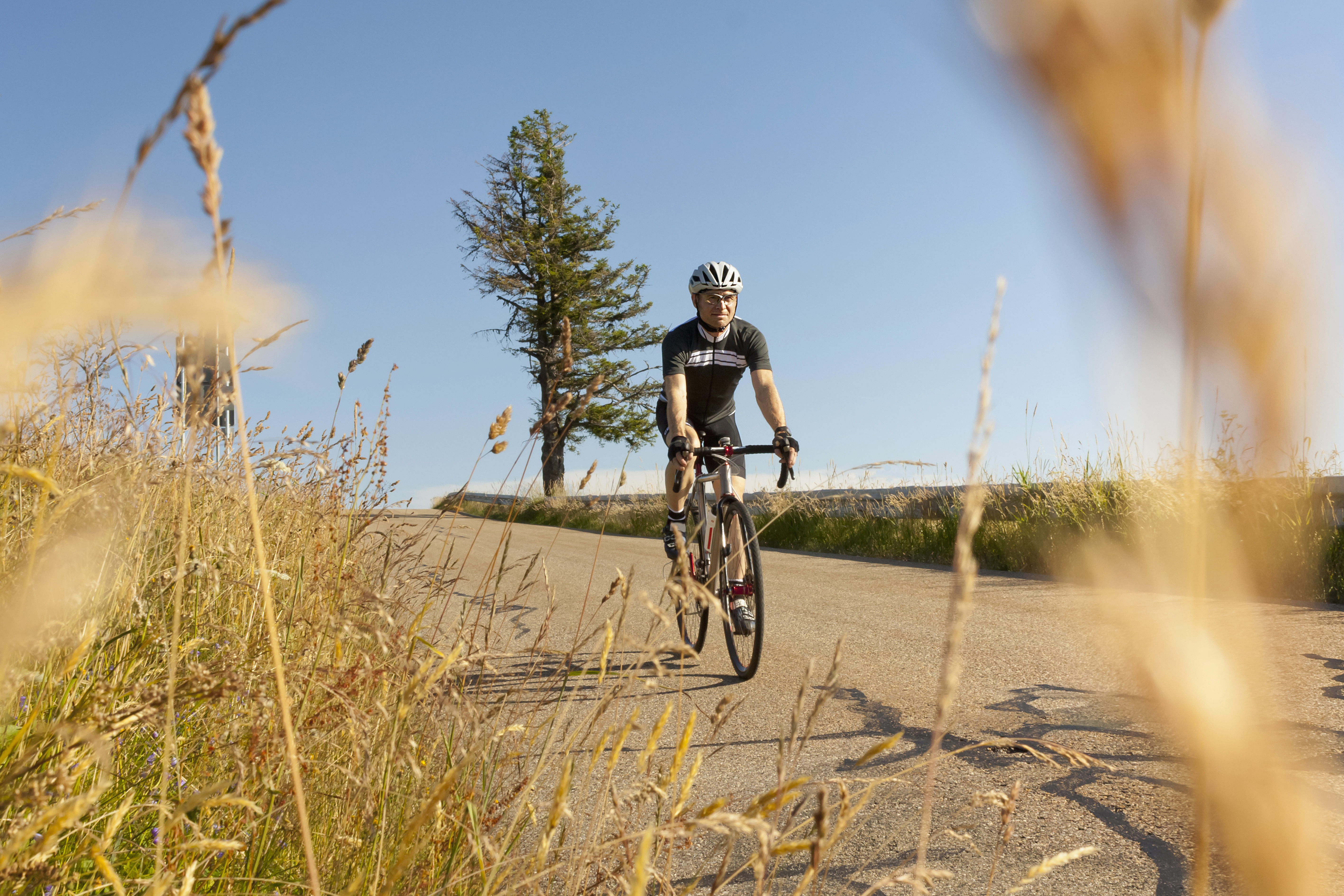 Hayfever and your riding: how to combat it as the pollen strikes
Hayfever and your riding: how to combat it as the pollen strikesExplanations, medications and holistic measures to make your spring and summer riding more enjoyable
By James Shrubsall
-
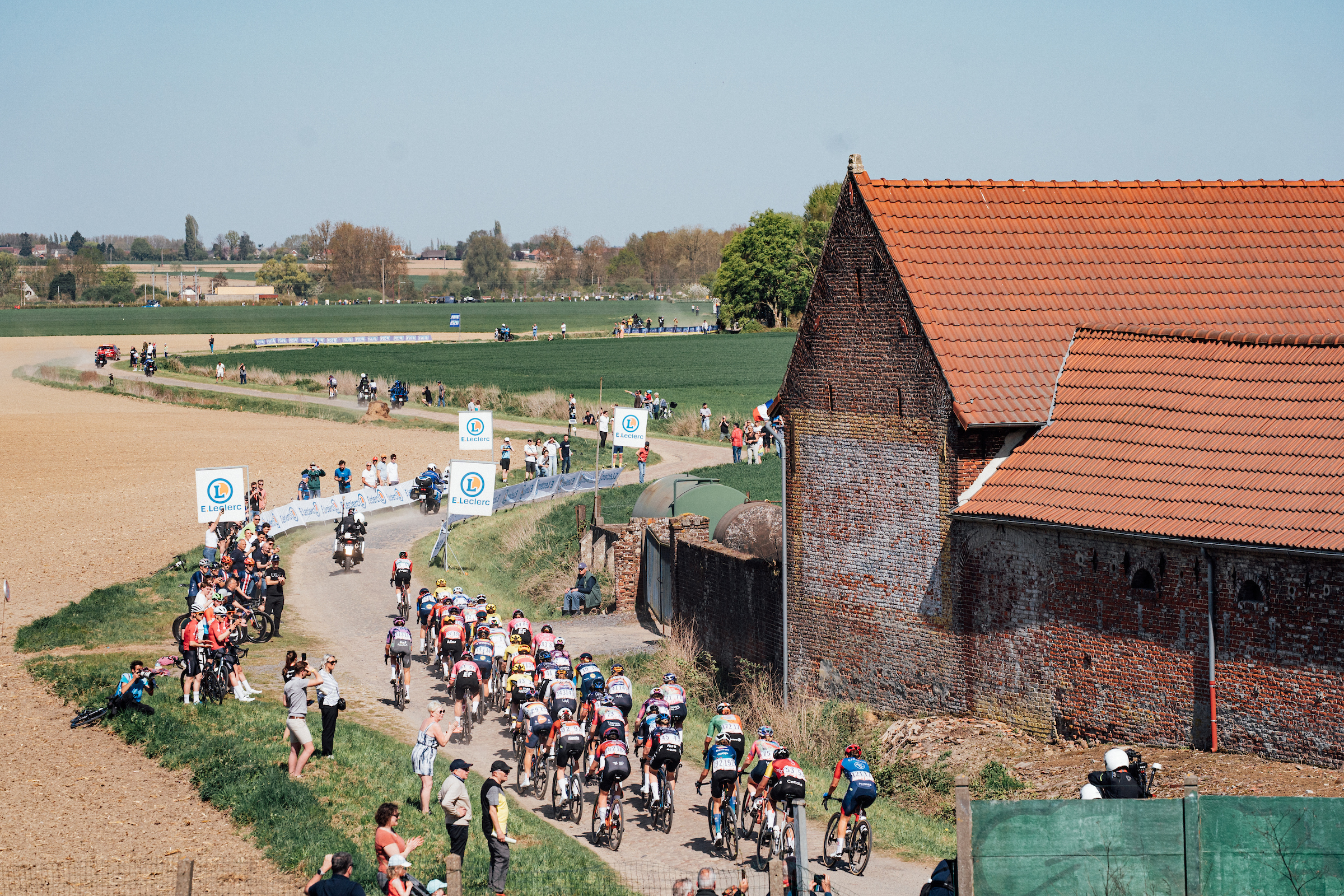 I went to Paris-Roubaix Femmes and was shocked at how it is still treated as secondary to the men’s race
I went to Paris-Roubaix Femmes and was shocked at how it is still treated as secondary to the men’s raceThe women’s version of the Hell of the North is five years old, but needs to be put more on equal footing with the men
By Adam Becket